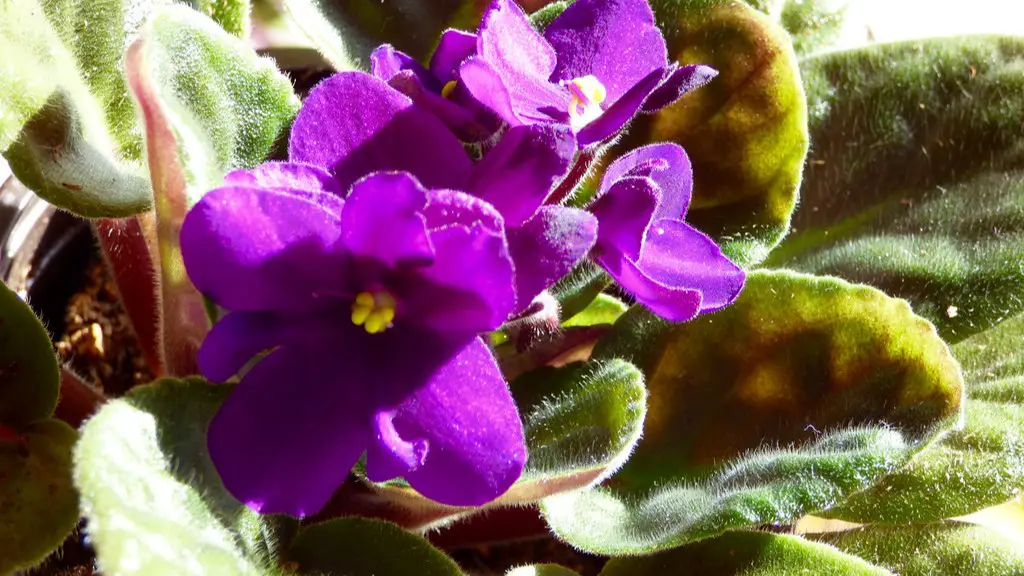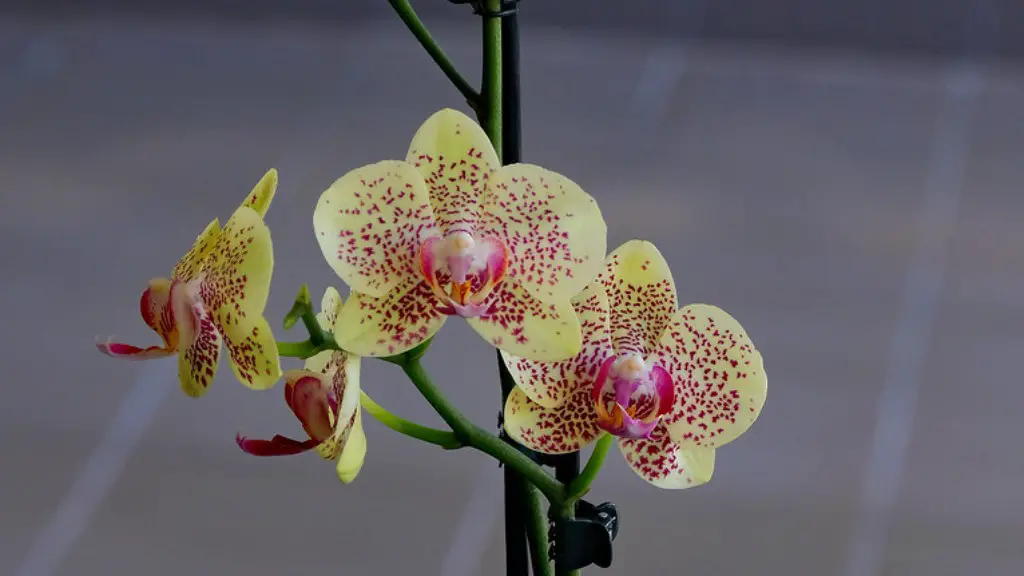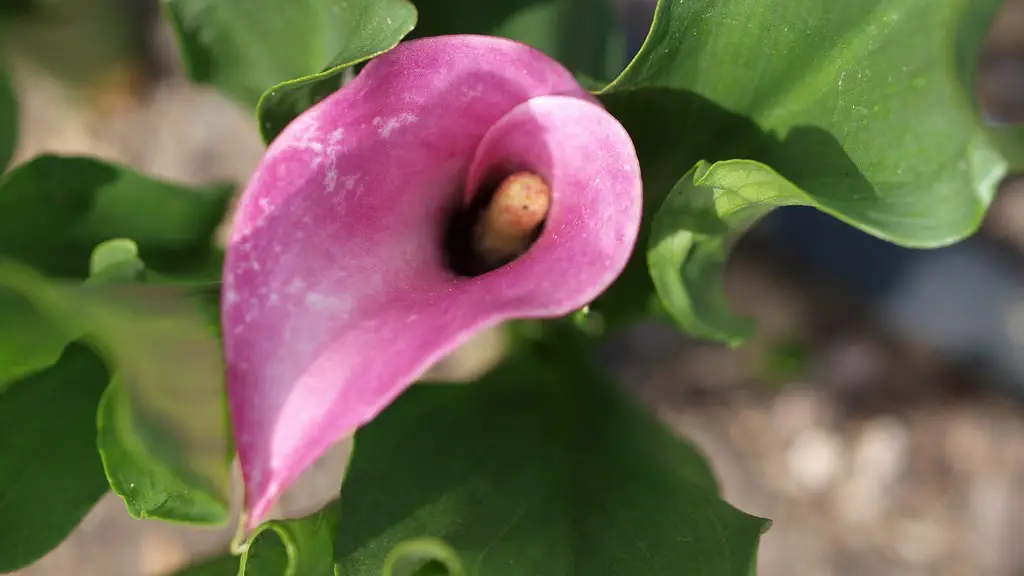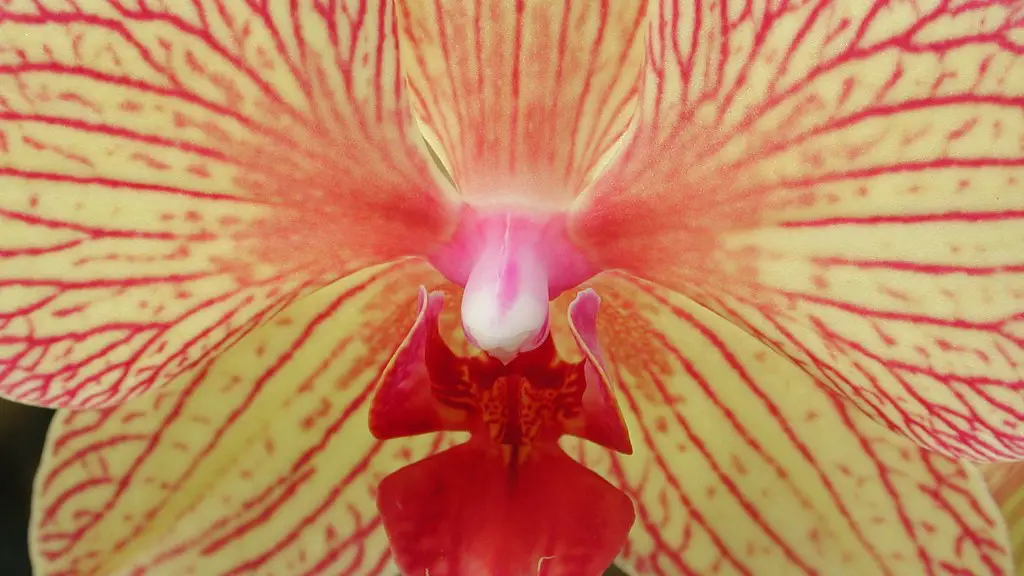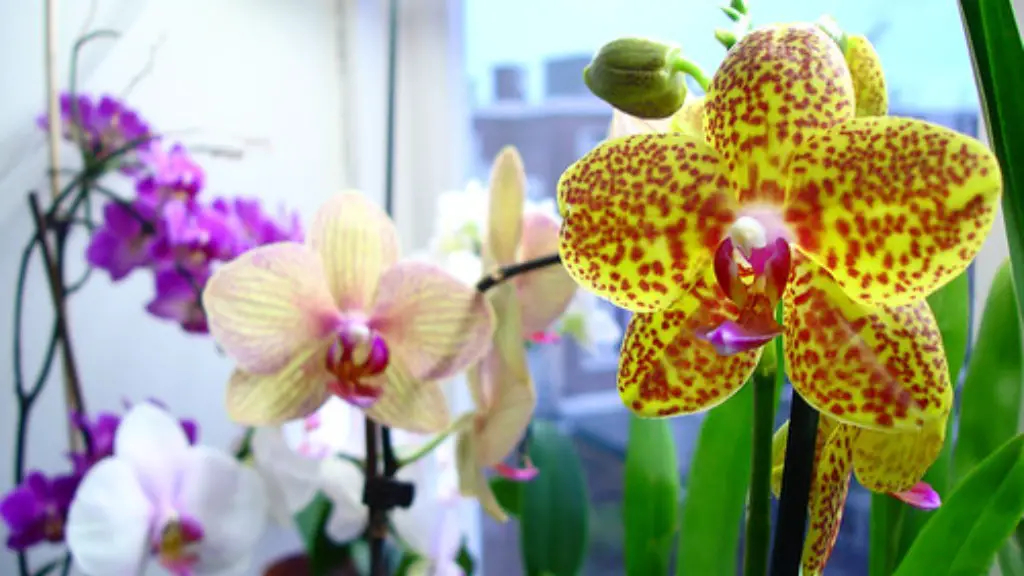Are African violets easy to transplant? The answer is yes and no. African violets are a bit delicate, so you need to be careful when transplanting them. However, with a little bit of care, you can successfully transplant African violets.
This really depends on the conditions of the plant and the environment. If everything is handled carefully, then it shouldn’t be too difficult to transplant African violets.
What is the best way to transplant an African violet?
If you’re repotting your African violet, make sure to place a thin layer of soil inside the pot and set the root ball on top. Gently cover up to the base of the leaves and pat down just enough to stabilize. Place in a saucer of water and allow your plant to soak up as much as it likes.
As the plants grow, they can be repotted into larger pots so that they don’t get too root-bound. This will allow the plant to continue growing and stay healthy.
Do African violets like bigger pots
African violets do best when they are slightly pot-bound, so choose a pot that’s on the smaller side. Professional Tip: If you have a standard African violet plant, your starter pot should be about 3-4 inches in diameter.
When repotting your African violets, it is important to choose a potting mix that is appropriate for your climate. A quality African violet potting mix should provide good water-holding capacity and ample air pockets to guarantee healthy roots.
If you live in a warmer climate, you may need to use a potting mix that is designed to dry out more quickly. Conversely, if you live in a cooler climate, you may need a potting mix that retains moisture for a longer period of time.
In either case, be sure to choose a potting mix that has good drainage to prevent your violets from becoming waterlogged.
Tip #2 Be sure to use a pot with drainage holes
When repotting your African violets, be sure to use a pot with drainage holes to prevent the roots from becoming waterlogged.
If your pot does not have drainage holes, you can drill them yourself or simply choose a different pot.
Tip #3 Repot in the spring or fall
The best time to repot your African violets is in the spring or fall, when the plants are actively growing.
Repotting in the spring will give your vio
Is it better to root African violets in water or soil?
The good news is that it’s easy to root these flowering beauties. The quickest and easiest way I’ve found to root African violets is in water using a leaf. You can take the leaf from your existing African violets, or even from a friend’s plant.
African Violet roots don’t go very deep; they like to go sideways, so use a shallow pot. Your pot must have suitable drainage holes so you can water from underneath. You can also get African Violet specific pots that have a terra cotta sleeve you plant in, and a water reservoir.
What is the lifespan of an African violet?
If you want your African violet to have a long lifespan, it’s important to avoid overwatering, chilling, and direct sunlight. These three things can drastically reduce an African violet’s lifespan.
If you want to grow healthy African violets, it’s important to create the proper conditions. African violets prefer slightly acidic conditions, with a pH between 58 and 65. In conventional soil, your plant won’t be able to efficiently absorb nutrients. To lower the pH in African violet potting soil, you can add peat moss. By creating the right environment, you’ll be on your way to growing beautiful African violets.
Where is the best place to put an African violet
African violets need bright, indirect light in order to bloom. An east or north window is often a good location, but make sure that the plants don’t get any direct sun, as this can scorch the leaves. If you don’t have a suitable window, you can place African violets under a fluorescent light fixture containing two 40-watt fluorescent tubes.
If you have an African Violet that is rootbound, it is time to repot the plant. This means that the Violet has outgrown its current pot and the roots are growing out and around the rootball. When repotting, be sure to use a pot that is only slightly larger than the rootball. African Violets need well-drained soil, so be sure to use a potting mix that contains perlite or vermiculite.
What type of planter is best for African violets?
When it comes to African violets, it is best to grow them in African violet pots. These pots are small (4- to 5-inch) and self-watering, which will provide the plants with the proper amount of moisture. Plus, they are made out of ceramic or plastic, which makes them durable and long-lasting.
An African violet’s soil sensitivity contributes to its finicky reputation, but it will thrive if you meet its specific needs. African violets need special lightweight soil. In fact, many mixes contain no soil at all and are a mix of fluffy and granular organic material. Hang on to that bag of potting soil, though. You’ll need it when it comes time to repot your violet.
Do violets like to be crowded
It is a bit of a conundrum because African violets like to be a little crowded above ground and below, but they can start to struggle if it gets too tight. In fact, an African violet with too many leaves might even withhold its beautiful blooms—or stop growing altogether!
There’s no one right way to find the center of a piece of wood. You can use a ruler or a measuring tape to find the center of the wood, or you can simply eyeball it. Once you’ve found the center, you can then choose a path for the knife to follow between the two centers. More important than finding the center is making sure that the path you choose for the knife is straight. A crooked line will make your cuts look messy and won’t be as effective.
Why is my African violet wilting after repotting?
If you are facing the situation of African violet wilting after repotting, there’s a good chance that you’ve overwatered it. African violets need to be kept evenly moist, but not wet. If you’re watering your plant too much or too little, it could end up in distress.
This is a great all purpose fertilizer that can be used on African violets and other blooming houseplants. It is rich in nutrients that will help promote plant growth and blooming.
Final Words
African violets are not easy to transplant. They are very delicate and need to be handled with care. If you are not careful, you can easily damage their roots.
African violets are not easy to transplant. They have a deep root system and are difficult to transplant without damage to the roots.
